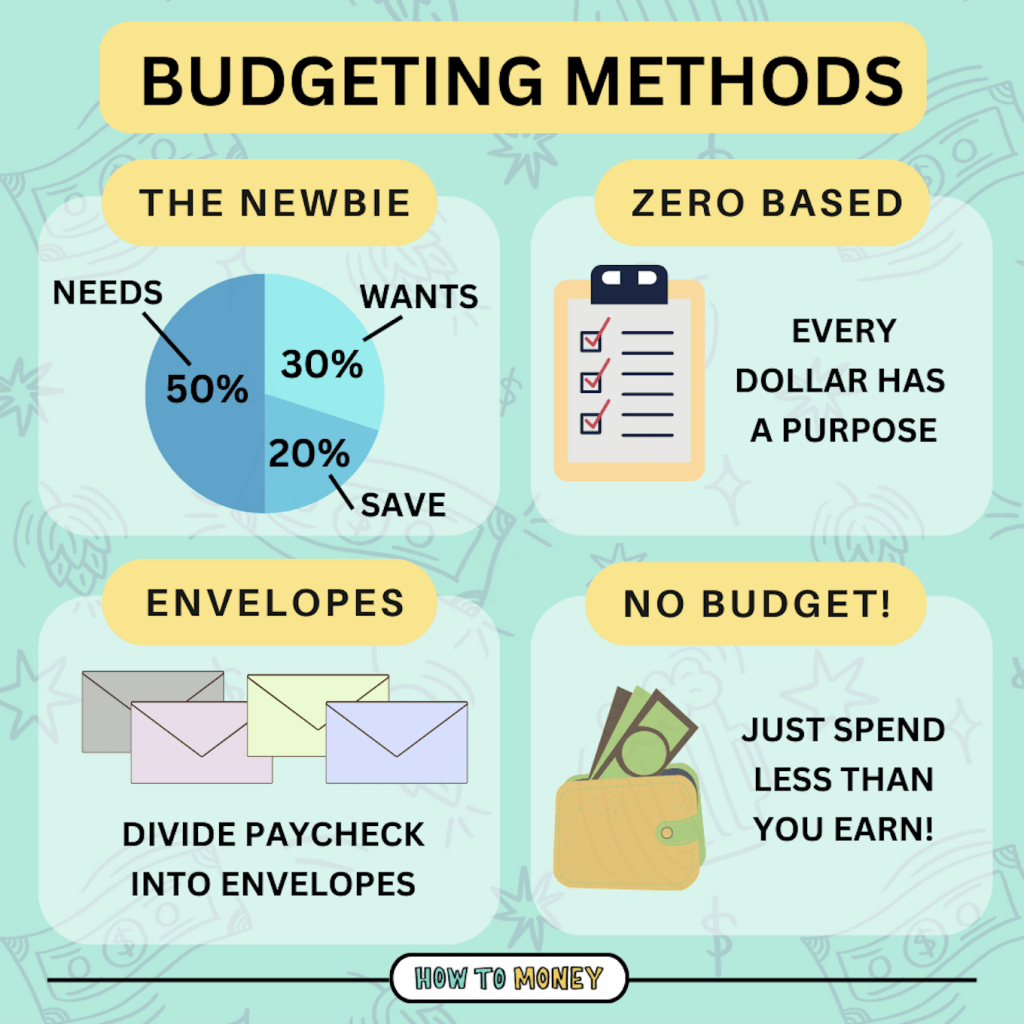
The Secret Sauce: How to Make Financial Content Go Viral
In the digital age, the world of finance has become increasingly accessible. However, with a flood of information comes the challenge of cutting through the noise. Creating financial content that resonates, educates, and ultimately goes viral is no easy feat. It requires a blend of strategic planning, creative execution, and a deep understanding of your target audience.
Why Viral Matters in Finance
"Going viral" isn’t just about vanity metrics. In the financial realm, it can translate to:
- Increased Brand Awareness: Expanding your reach to potential clients or customers.
- Authority and Trust: Establishing yourself or your company as a credible source of financial information.
- Lead Generation: Driving traffic to your website or services.
- Social Impact: Educating a broader audience on important financial topics.
The Foundations of Viral Financial Content
Before diving into tactics, understand these core principles:
- Know Your Audience: Who are you trying to reach? What are their financial pain points, aspirations, and knowledge levels? Tailor your content to their specific needs.
- Provide Value: Viral content solves a problem, answers a question, or offers unique insights. It’s not just self-promotion.
- Be Authentic: People can spot inauthenticity a mile away. Share your genuine expertise and passion for finance.
- Stay Current: Capitalize on trending topics and news events to make your content relevant and timely.
Strategies for Creating Viral Financial Content
Now, let’s get into the practical strategies:
1. Compelling Storytelling:
- Humanize Finance: Finance can seem dry and intimidating. Use relatable stories, personal anecdotes, and case studies to make it more engaging.
- Emotional Connection: Tap into emotions like fear (of missing out on investments), hope (for financial freedom), or empathy (for those struggling with debt).
- Narrative Structure: Craft a compelling narrative with a clear beginning, middle, and end.
2. Visual Appeal:
- High-Quality Graphics: Invest in professional-looking visuals that are easy to understand.
- Infographics: Condense complex data into visually appealing and shareable formats.
- Videos: Short, engaging videos are incredibly powerful. Explain concepts, share tips, or conduct interviews.
- Use Color Psychology: Colors can evoke different emotions. Use them strategically to enhance your message.
3. Data-Driven Insights:
- Original Research: Conduct your own surveys or studies and share the findings. This positions you as an authority.
- Data Visualization: Present data in clear, visually appealing charts and graphs.
- Cite Sources: Always back up your claims with credible sources to build trust.
4. Interactive Content:
- Quizzes: Create fun, interactive quizzes that test people’s financial knowledge.
- Calculators: Offer useful financial calculators (e.g., mortgage calculator, retirement calculator).
- Polls and Surveys: Engage your audience by asking for their opinions on financial topics.
5. Controversy and Debate:
- Thought-Provoking Questions: Pose questions that challenge conventional wisdom and spark discussion.
- Take a Stand: Don’t be afraid to express a unique perspective on a controversial topic.
- Encourage Debate: Create a forum for respectful discussion and debate.
6. Collaboration and Influencer Marketing:
- Partner with Other Experts: Collaborate with other financial professionals or influencers to reach a wider audience.
- Guest Posting: Write guest posts for other blogs or websites in your niche.
- Influencer Outreach: Reach out to influencers in the finance space and ask them to share your content.
7. Optimizing for Shareability:
- Headline Optimization: Craft headlines that are attention-grabbing, clear, and concise.
- Social Sharing Buttons: Make it easy for people to share your content on social media.
- Mobile-Friendly Design: Ensure your content is easily accessible and readable on mobile devices.
- Create Snippets: Pre-write social media updates that people can easily share.
8. Understanding Social Media Algorithms:
- Platform Specifics: Tailor your content to each social media platform’s unique format and audience.
- Timing is Key: Post your content at optimal times when your audience is most active.
- Engage with Comments: Respond to comments and questions to foster a sense of community.
- Use Relevant Hashtags: Hashtags can help people discover your content.
9. The Viral Hook:
- Surprise: Content that is unexpected or counterintuitive is more likely to be shared.
- Humor: Use humor to make complex topics more approachable.
- Inspiration: Share stories of financial success or resilience to inspire your audience.
- Practicality: Provide actionable advice that people can implement immediately.
Examples of Viral Financial Content:
- "I Will Teach You to Be Rich" by Ramit Sethi: Combines practical advice with a conversational tone.
- "The Total Money Makeover" by Dave Ramsey: Offers a straightforward, no-nonsense approach to debt elimination.
- Visual infographics on compound interest or the power of saving early.
- Personal finance blogs that share relatable stories of overcoming financial challenges.
Measuring Success and Iterating:
- Track Key Metrics: Monitor metrics like views, shares, comments, and website traffic.
- Analyze What Works: Identify the content formats, topics, and strategies that resonate most with your audience.
- Iterate and Improve: Use your data to refine your content strategy and create even more compelling content in the future.
Common Pitfalls to Avoid:
- Clickbait: Avoid sensationalized headlines that don’t deliver on their promise.
- Scare Tactics: Don’t use fear to manipulate your audience.
- Overly Technical Jargon: Use plain language that everyone can understand.
- Ignoring Feedback: Pay attention to feedback from your audience and use it to improve your content.
Conclusion:
Creating viral financial content is a marathon, not a sprint. It requires a deep understanding of your audience, a commitment to providing value, and a willingness to experiment with different formats and strategies. By focusing on storytelling, visual appeal, data-driven insights, and shareability, you can create content that resonates with a wide audience and positions you as a trusted source of financial information. Remember to stay authentic, stay current, and always put your audience first. With persistence and creativity, you can unlock the power of viral content to educate, inspire, and empower people to achieve their financial goals.



